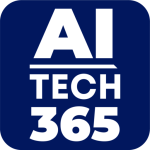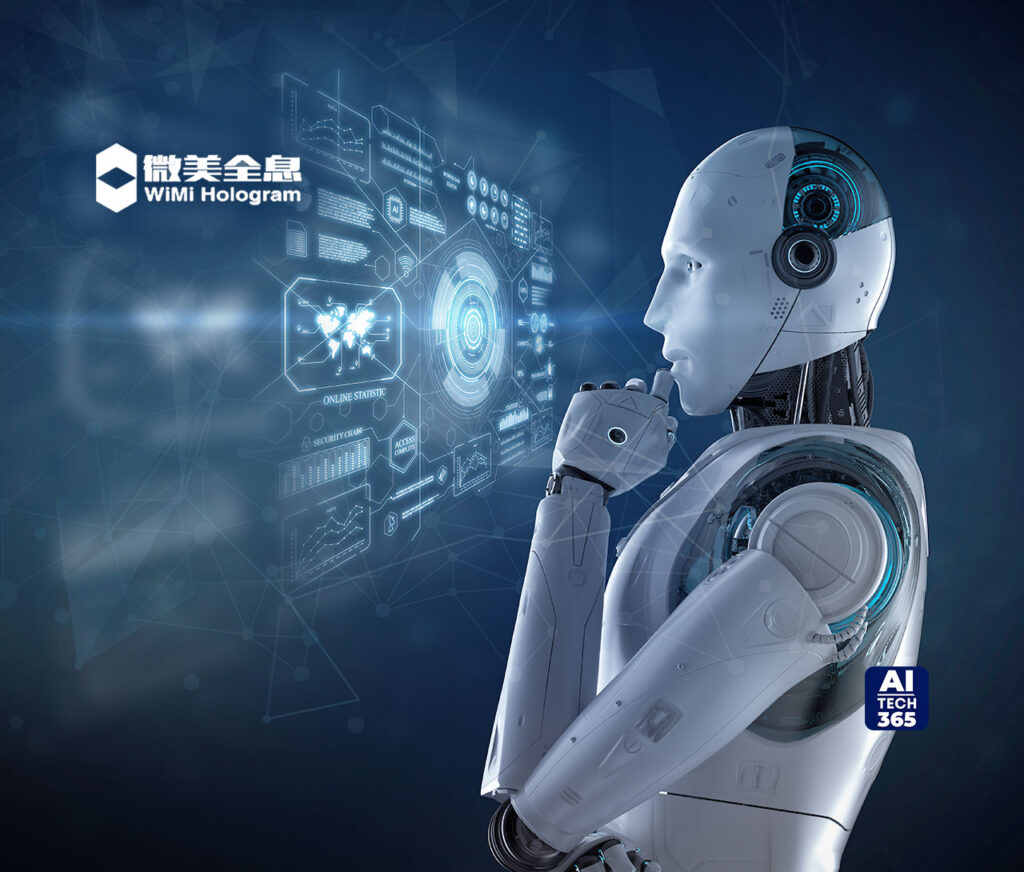WiMi Hologram Cloud Inc, a leading global Hologram Augmented Reality (“AR”) Technology provider, announced that to fully utilize the advantages of deep learning models and machine learning models, an image classification system that integrates deep learning and machine learning models was developed. The system first uses a deep learning model for feature extraction to transform the original image data into high-level represented features. Then, machine learning models are used to classify these high-level features to obtain the final image classification results. Specifically, WiMi uses a convolutional neural network (CNN) as a deep learning model to extract local features of an image through multiple convolutional and pooling layers, and combines these features through a fully connected layer to obtain a high-level representation of the image. A support vector machine (SVM) is then used as the machine learning model to input these high-level features into the SVM for classification.
SVM is a classical machine learning algorithm that can classify feature vectors based on their linear divisibility. By fusing deep learning and machine learning models, the feature extraction ability of the deep learning model and the classification ability of the machine learning model are fully utilized to improve the accuracy of image classification. Meanwhile, due to the separation of the deep learning model and the machine learning model, either module can be flexibly adapted and replaced for different image classification tasks and datasets to achieve more accurate and efficient image classification tasks.
The deep learning model can learn more abstract and advanced features, while the machine learning model can utilize these features for more accurate classification. WiMi improves the accuracy of image classification by fusing the deep learning and machine learning models, utilizing the powerful feature extraction capability of the deep learning model and the excellent classification capability of the machine learning model, and, at the same time, optimizes the computational process of image classification to improve the efficiency of classification. Deep learning models usually require a large amount of computational resources for training and inference, while machine learning models are
The whole system depends on the synergy of all the aspects such as data pre-processing, feature extraction, feature fusion, advanced feature extraction and classifier training
Data pre-processing: Pre-processing the input image data, including image resizing, normalization and other operations, to facilitate subsequent model training and classification.
Deep learning model training: Such as CNN training to learn the high-level feature of the image. We will use existing deep learning model architectures and train on large-scale image datasets to improve the generalization ability of the model.
SOURCE: PRNewswire

